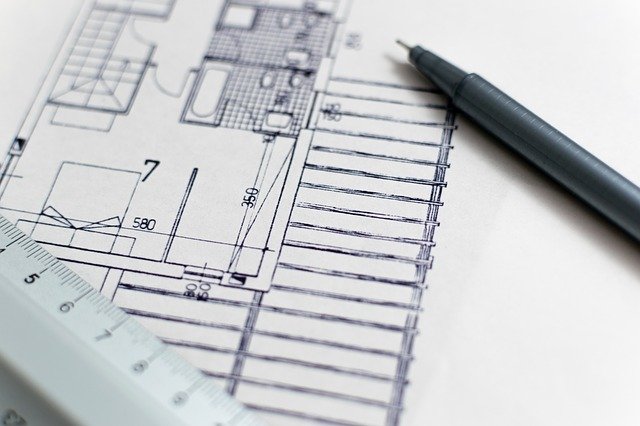Choosing between an outdoor or indoor walk-in cooler or freezer can significantly impact your business operations, efficiency, and costs. In this guide, we’ll explore the differences between outdoor and indoor walk-ins, their ideal applications, and tips for maintaining durability, ensuring you select the best option for your needs.
Space Requirements: Does Your Walk-In Fit?
One of the first factors to consider is the space available for your walk-in cooler or freezer. Indoor walk-ins require sufficient room not only for their dimensions but also for proper airflow. To ensure optimal performance, you’ll need at least two inches of clearance from surrounding walls, and ceiling height must accommodate the refrigeration system. Easy access to the unit for cleaning and maintenance is another important consideration.
If your indoor space is limited, an outdoor walk-in could be the perfect solution. Arctic designs every walk-in to project specifications, offering custom solutions that fit your available space—whether inside or outside.
Outdoor Walk-In Advantages
Outdoor walk-ins provide ample storage while preserving your interior space for other operations. These are especially beneficial for businesses requiring larger storage capacities or those with constrained indoor layouts.
There are two primary configurations for outdoor walk-ins:
- Freestanding Units: Positioned independently, away from your building structure.
- Built-In Units: Connected directly to your building, often with access through an interior door. This setup minimizes foot traffic outdoors and enhances security, as the walk-in can be accessible only from inside your facility if desired.
Equipment Noise: Does It Matter to You?
Noise levels are another consideration when deciding between indoor and outdoor walk-ins. Refrigeration units can produce background noise that may disrupt the ambiance of quieter environments, such as cafes or offices. In such cases, an outdoor walk-in or an indoor unit with a remote refrigeration system can be a better choice.
If your business operates in a busy or high-traffic environment, the noise may be negligible, making an indoor walk-in more practical.
Climate Considerations: Regional Impacts
Your local climate plays a significant role in determining whether an outdoor or indoor walk-in is more suitable.
Cool Climates: Outdoor Walk-Ins Shine
In regions with cooler weather, outdoor walk-ins can offer energy efficiency by reducing the workload on the refrigeration system. This not only lowers energy costs but also extends the unit’s lifespan.
Hot and Humid Climates: Indoor Walk-Ins Perform Better
Conversely, in areas with consistently hot and humid weather, outdoor units may work harder to maintain low temperatures, leading to higher energy costs. Indoor walk-ins benefit from the regulated temperature of the building, making them a more energy-efficient choice in these conditions.
Severe Weather Risks
Outdoor walk-ins must also contend with severe weather. High winds, heavy snow, hail, and rain can damage the unit if not properly prepared. Arctic offers weather-resistant features like Galvalume or stainless-steel panel finishes, rubber roof membranes, and rain gutters to protect against environmental elements. For snowy regions, load-bearing roofs ensure durability and safety.
Outdoor Walk-In Accessories: Building Durability
To enhance the longevity and performance of outdoor walk-ins, Arctic offers a range of protective features:
- Weather-Resistant Coatings: Protect panels from corrosion and wear.
- Condensing Unit Covers: Safeguard sensitive components from precipitation and debris.
- Rain Gutters: Prevent water from seeping into door frames.
- Locks and Security Features: Ensure the safety of your inventory.
These additions, while increasing upfront costs, provide significant long-term benefits by reducing maintenance needs and extending the life of your walk-in.
Balancing Upfront Costs and Long-Term Value
Outdoor walk-ins often come with higher initial costs due to additional weatherproofing and accessories. However, the space saved, along with the potential energy savings in cooler climates, can offset these expenses over time. Indoor walk-ins may have lower upfront costs but require adequate interior space and noise management solutions.
Make the Best Choice for Your Business
Selecting between outdoor and indoor walk-ins ultimately depends on your space, climate, and operational needs. Arctic’s expert team can help you evaluate your options and design a custom solution tailored to your business requirements. Whether you need an indoor unit for a tightly controlled environment or an outdoor walk-in built to withstand the elements, Arctic has you covered.

